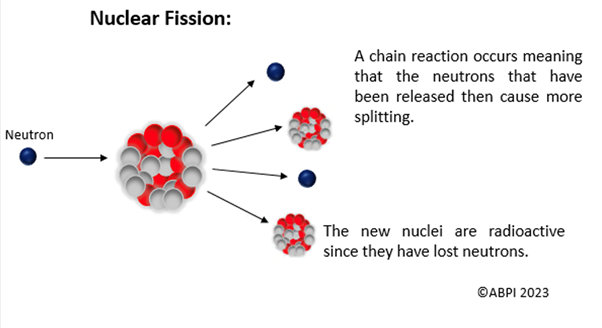This topic takes on average 90 minutes to read.
There are a number of interactive features in this resource:
 Physics
Physics
 Science
Science
Energy cannot be created or destroyed, but it can be stored or dissipated. It can also change form and can be transferred. This is the first law of thermodynamics.
We use the transfer of electrical energy to power appliances and electrical items, and this often comes from the combustion of fossil fuels.
Fossil fuels:
The combustion of fossil fuels occurs in power stations, and several stages of energy transfer occur. This is a non-renewable energy source which relies on finite crude oil supplies.

Nuclear:
Nuclear energy is often used as a fossil fuel alternative as it doesn’t release greenhouse gases. However, it will run out eventually as it is also non-renewable, and the waste that it produces can be dangerous as it is radioactive.
To transfer nuclear energy to electrical, nuclear fission of an atom takes places (such as uranium). The atom’s nucleus is hit with a neutron, which causes it to split.
This initiates a chain reaction as more neutrons are released from the splitting.
The process of nuclear fission produces a large amount of heat which then turns water into steam, and the steam can power a turbine. The turbine then powers a generator to transfer kinetic energy into electrical energy.

As the combustion of fossil fuels releases greenhouse gases, and as non-renewable sources are running out, renewable energies can be used as alternatives. These will never run out and are better for the planet.